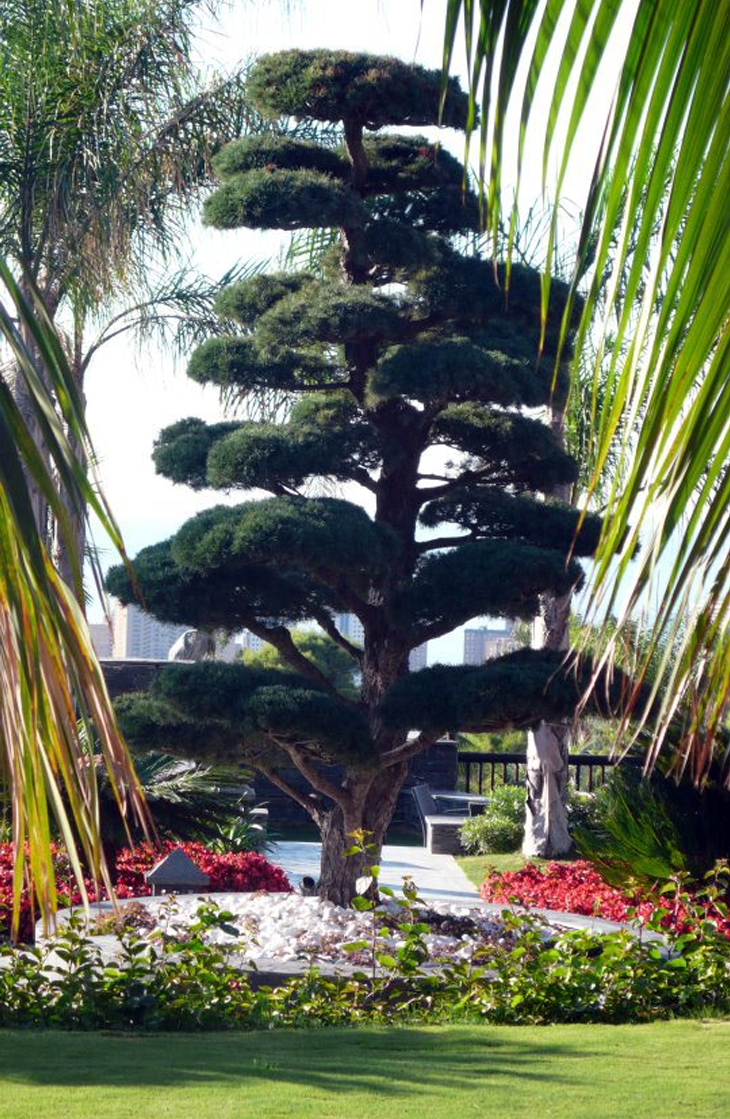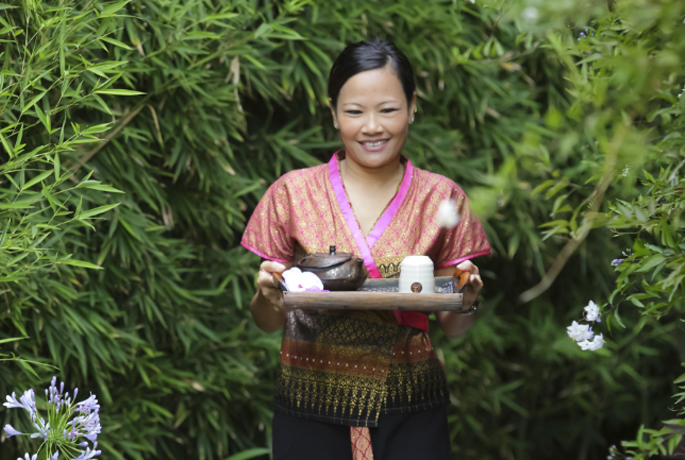Around the end of March, beginning of April spring starts in Japan, the popular Cherry Blossom Festival, also known as Hanami, marks the beginning of spring. Hanami is literally translated as festival to “watch flowers”.
To help you get an idea of what this festival is like, the expectation is such all around Asia that the Met office announces every year the blooming forecast for each area, called Sakurazensen.
In our luxury hotel, Asia Gardens Hotel & Thai Spa, we have everything ready for this event and we would be delighted to have you enjoy it with us.
The cherry blossom festival is full of symbolism. On the one hand it marks the end of the harsh Japanese winter and also the end of bare trees all around. On the other hand, it marks the arrival of the spring and the good weather with Sakura, the cherry flower, full of life, which blooms to spread the spring spirit to everyone around it.
These delicate flowers, do not usually last long, allowing us to enjoy their beauty without seeing them fade. In fact, in Japanese society Sakura represents the fleeting quality of human life, as these flowers disappear completely in only one or two weeks.
This fact is closely related to part of the Samurai code in Japan, as these warriors aspired to die at their highest point during battles and wanted never to get old and “fade”. The cherry flower is an emblem of the Samurai, an icon in Japanese society and culture, and we often see it portrayed in Japanese art.
For Japanese people, Hanami (often referred to as o-hanami, as a sign of respect) is the perfect excuse for a family picnic, or a gathering with friends or work colleagues. It is peculiar to see how many people save the best spots days in advance by spreading a long piece of blue tarpaulin waiting for the other members of the group to arrive. There are Japanese companies that reserve the best places to celebrate Hanami with their employees. Once gathered, sitting under the cherry blossom trees, they all eat and drink. These gatherings always include the traditional Nihonshu, known by almost everyone as Sake. The festival ends with the Yozakura, nocturnal cherry, spectacular nighttime lighting celebrations throughout Asia.
It is said that the best place, without a doubt, to enjoy this gift of nature, is the summit of mountain Yoshino. Although this is not available to everyone, if you are one of the lucky ones you will be able to witness one of the most exclusive views worldwide. At your feet, if you are one of the fortunate ones, the cherry trees will outline a pink cloud that covers the mountain.
If you are not keen on heights, you can still enjoy Hanami from practically any Japanese park, although there are some spots that are particularly cherished like Ueno Park in Tokyo, a place which holds several museums, a concert hall and even a zoo …. surrounded by thousands of cherry trees which make it even more special and especially attractive in spring. If you choose to go to Kyoto, you will enjoy this magnificent landscape in Naruyama Park or in Nagoya Castle, both favoured by the most demanding visitors.
As an interesting fact to share with you, this Japanese festival has been borrowed by many countries worldwide. Between 1909 and 1912 the Japanese government gave the North American government cherry trees as a gift and gesture of good will. Those cherry trees were placed in Washington where you can still see them to this day.
In Asia Gardens Hote, l the arrival of spring is also a very special moment for us, and this is why we would like to encourage you to come and spend a few days in our luxury resort in Alicante and become one with the spring colours and scents of our wonderful gardens.
We look forward to seeing you….









